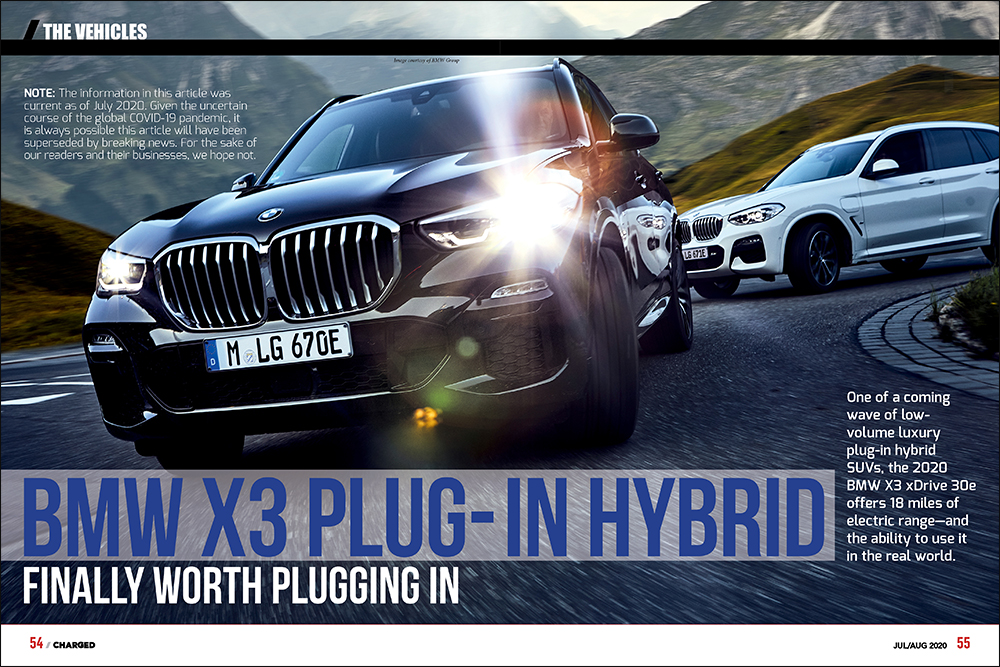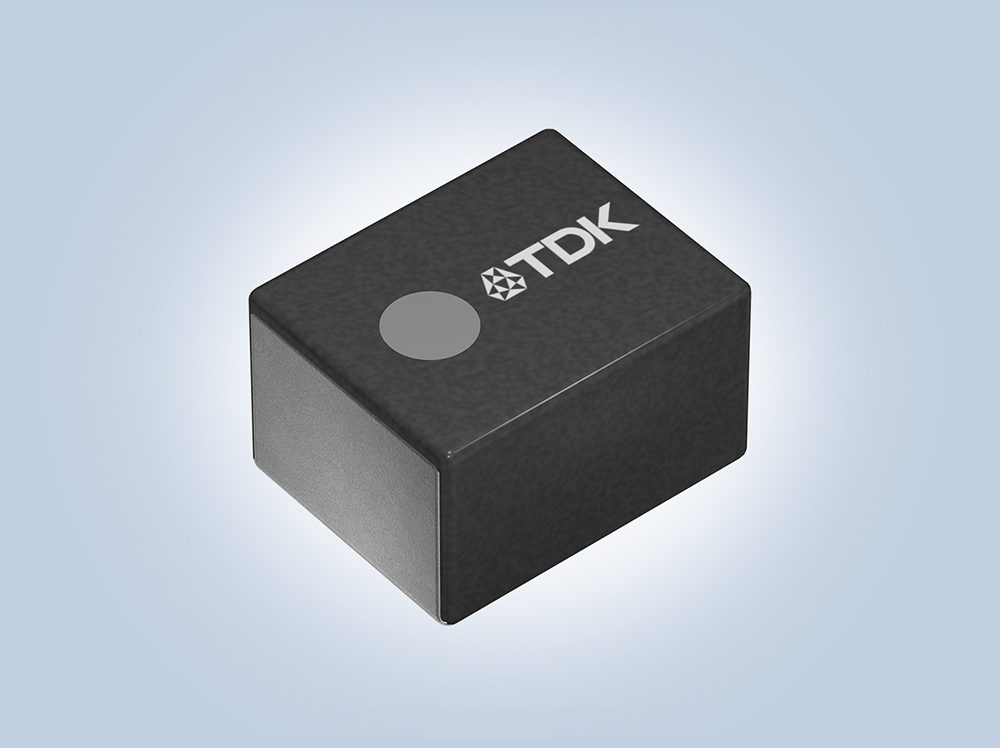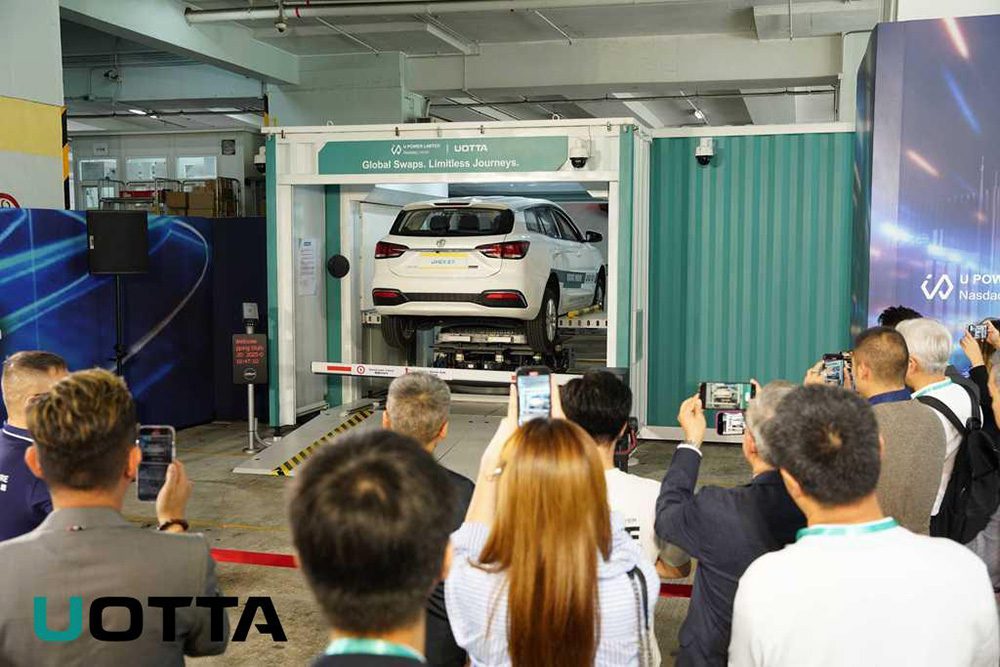One of a coming wave of low-volume luxury plug-in hybrid SUVs, the 2020 BMW X3 xDrive 30e offers 18 miles of electric range—and the ability to use it in the real world.
The 2020 BMW X3 xDrive 30e is the first conventional plug-in hybrid model from BMW that’s actually worth plugging in. It’s one of a growing number of sedan and utility models from the German maker to be offered in the States with optional plug-in hybrid powertrains, following a few earlier models that simply didn’t justify making the effort.
On the outside, the X3 PHEV is indistinguishable from any standard X3. New for 2018, this generation of the “compact crossover utility”—or “Sport Activity Vehicle” as BMW tends to dub it—has grown considerably from earlier versions. It’s now longer and wider, with a longer wheelbase, than the first X5 crossover launched in 2000, though it’s incrementally lower.
The plug-in hybrid X3 is powered by a 2.0-liter turbocharged 4-cylinder engine that drives all four wheels through an 8-speed automatic transmission. Combined output of the engine plus the 80 kW (107 hp) electric motor is 252 hp and 310 lb-ft of torque. It’s EPA-rated at 18 miles of electric range. Once the 12 kWh battery is depleted, the heavy SUV operates as a conventional hybrid, with a combined fuel economy rating of 24 mpg—versus a higher 26 mpg combined for the same X3 without the plug.
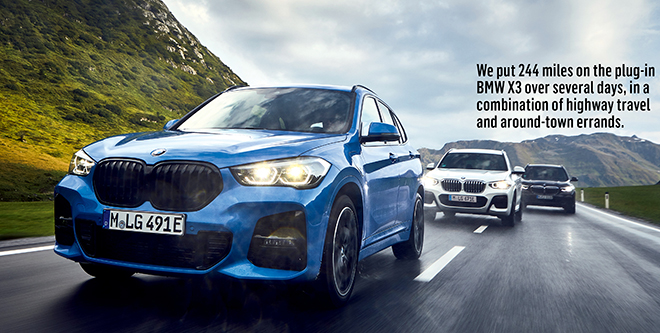
A plug-in hybrid version of the larger X5 utility will join the X3 for 2021. Compared to the plug-in X5’s previous generation, which was BMW’s first-ever SUV with a plug, it has a more powerful engine (a 389 hp turbocharged 3.0-liter inline 6 replaces the previous 308 hp 2.0-liter turbo 4) and a far larger battery (24 kWh vs 9 kWh). That gives it 30 miles of EPA-rated range rather than the previous 14 miles. The new, larger battery has as much capacity as the one in the 2014 BMW i3.
Both plug-in crossovers are tuned more for performance than for green credentials—the X5 45e sports a 0-60 acceleration time of 5.3 seconds and a towing capacity of up to 7,200 pounds. Both the X3 we tested and the 2021 X5 are built at BMW’s plant in Spartanburg, South Carolina.
Why plug it in?
Prior to the current generation, BMW’s plug-in hybrids had small batteries and electric motors that only powered the car under light loads. The earliest ones—we drove a 2016 BMW 330e and a prototype 2016 X5 xDrive 40e—were so sensitive that even a whiff of uphill slope could cause the engine to flip on.
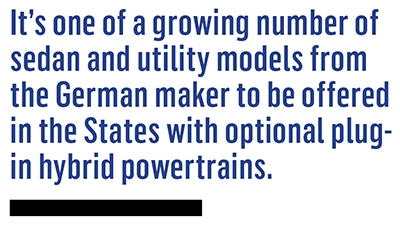
The current X3 xDrive 30e, on the other hand, automatically starts in Max eDrive (all-electric) mode if the battery has been charged. Absent emergencies or lead-foot driving, it will stay there for more or less its EPA-rated 18 miles of electric range. That’s enough to do all or most of your local trips on electricity, and plug it in once you return home. And it’s an incentive for drivers to plug in for smooth, quiet, uninterrupted electric travel without the engine flipping on.
As befits a performance SUV, of course, when you floor it, both parts of the powertrain kick in and it takes off like a scalded cat (or at least a scalded cat that weighs 4,600 pounds).
That’s not the case for another luxury plug-in hybrid SUV, the 2020 Volvo XC90 T8, which, with three rows of seats, is considerably larger. On major hills and at highway speeds, its 11.6 kWh battery and 65 kW (88 hp) electric motor weren’t always enough to sustain the 5,400-pound SUV’s speed.
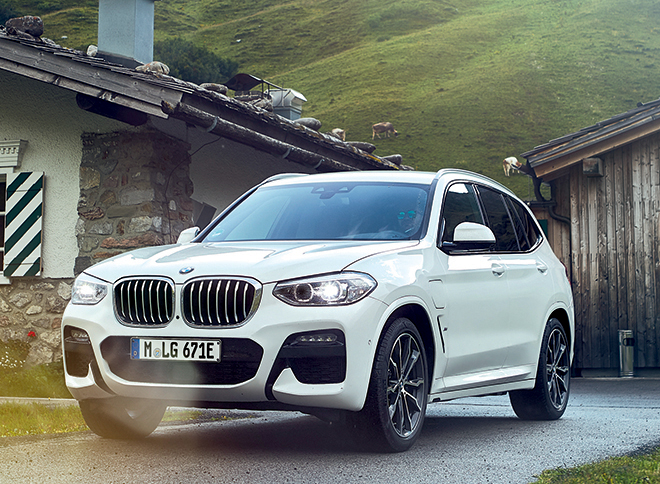
We put 244 miles on the plug-in BMW X3 over several days, in a combination of highway travel and around-town errands. We plugged the car in to recharge five times, giving us a total of 78 electric-only miles in Max ePower mode. (The math may be confusing because we didn’t fully discharge the pack on all of those runs.)
At the end, the trip computer said 95.7 of the 244 miles were covered on electric power. That’s a bit deceptive, as it includes electric-only miles covered as a regular hybrid once the battery had been depleted. But the trip computer also indicated a combined gas-and-electric average of 47.2 mpg, which is stellar for an SUV of this size—and we’d only used three eighths of the tank of gas to do that.
Adventurous gives way to conservative
BMW was the most adventurous of German makers in electric cars 10 years ago, but it hit the Reset button hard on its electrification efforts in 2016. A new CEO set the goal of stemming the flow of red ink from early experiments in EVs, and rolling out models that would meet stiffer carbon-emission rules at lower cost. The current range of models reflects that change, of course.
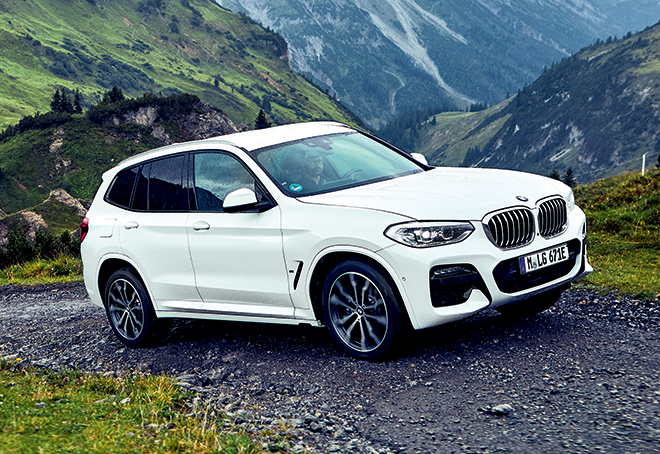
BMW’s first EV was the technically advanced i3, a small hatchback with a carbon-fiber-reinforced plastic body shell. It delivered 81 miles of rated range, and offered an optional tiny two-cylinder range-extending engine that gave it another 70 miles or so. The combination made sense for European drivers living in crowded cities, but its small size, peculiar styling, limited range, and starting price above $40,000 limited its sales in the US.
Here, BMW buyers want SUVs and sedans, not city cars or hatchbacks. Despite multiple range increases—the current EPA rating is 153 miles—over seven model years, BMW has sold fewer than 45,000 i3s in the US.
Total US sales of its various conventional plug-in hybrid models are roughly equivalent. Over five years, these have included versions of the 3, 5, and 7 Series sedans, and the X5. None of BMW’s various plug-in hybrid models have reached the 20,000-plus annual sales of the now-deceased Chevrolet Volt in its heyday. The highest one-year sales for its two best-selling PHEVs were 8,600 530e sedans (in 2018) and 6,000 X5 25e SUVs (in 2016).
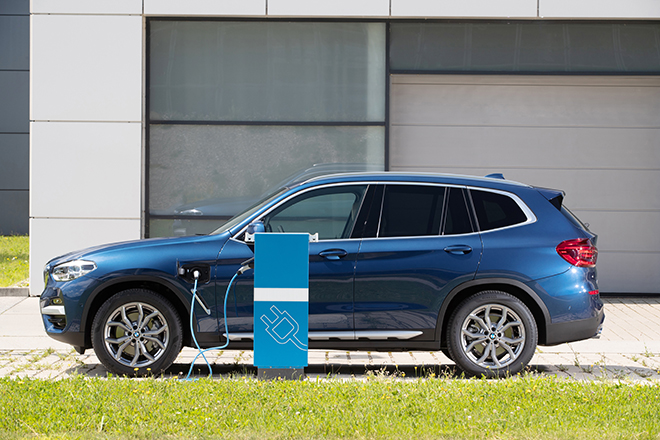

BMW, however, has no fewer than five plug-in hybrids on tap for 2021. The list for the coming model year includes: the 3 Series sedan (330e, with or without xDrive AWD); 5 Series sedan (545e xDrive); X2 transverse-engine crossover (X2 xDrive 25e, not yet confirmed by the company); the X3 xDrive 30e we tested; and the larger X5 xDrive 45e. The company also sells a plug-in hybrid version of the Mini Cooper Countryman small crossover utility vehicle (whose underpinnings the X2 shares), which is rated at 18 miles of electric range.

PHEVs: compliance cars for the EU
Those plug-in models, most of which will likely sell in modest volumes, underscore BMW’s commitment to electrification before its new all-electric models—the i4 that will compete with the Tesla Model 3, and its flagship iNext luxury SUV—hit showrooms in the next few years.

It’s important to understand that plug-in hybrids serve an important function in Europe, where rules for reducing tailpipe emissions of carbon dioxide really started to bite this year. And a change in legislation has improved the electric range of all those PHEVs.
Over the last two years, the European Union has switched from using the outmoded and wildly overoptimistic New European Drive Cycle (NEDC) tests to the more stringent Worldwide Harmonized Light Vehicles Test Procedure (WLTP), which requires lab tests to be backed up by on-the-road tests of real-world emissions and energy use. WLTP still produces more optimistic electric ranges than the test cycles used by the US EPA, but its results are considered closer to reality for European driving conditions.
Finally, European carbon-emission rules now give credit to plug-in hybrids only if their WLTP tested range is at least 50 km (31 miles). That’s why the latest round of BMW and other makes’ plug-in hybrids have far larger battery packs and ranges up to double the previous numbers.
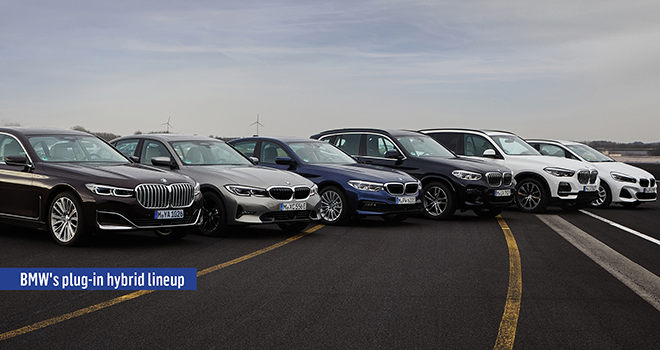
BMW is hardly an outlier
The policy of offering longer electric ranges in a wider range of PHEVs is hardly limited to BMW. Its German rivals Audi and Mercedes-Benz, Britain’s Jaguar Land Rover, and the Chinese-owned Volvo of Sweden are all introducing more sedan, wagon and hatchback models with plugs, as well as the SUVs that dominate in North America.
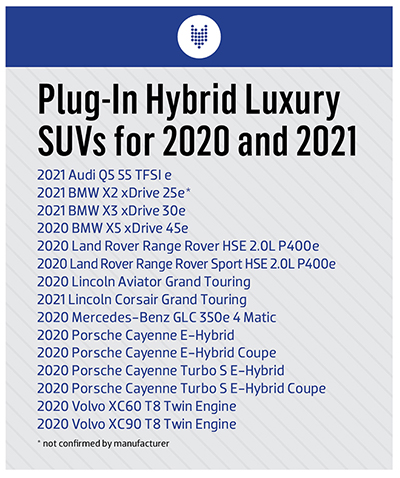
While most of these models are likely to sell in quite low numbers, together they will add up. They’ll also introduce more luxury buyers to vehicles with plugs. And now, they’re more pleasant—meaning more consistently electric—to drive.
This article appeared in Charged Issue 50 – July/August 2020 – Subscribe now.







